Every gamer knows Doom, it’s a pivotal game that changed the landscape of video games and showed what could be achieved with the technology of the early ‘90s. Through the talents of John Carmack and John Romero, they created a game that changed the landscape of video games, and it is still revered to this day, with many having tried to replicate it. You look at Bethesda’s Doom offerings, and you can see an attempt to build on the format of the originals, but many have just gone and made a carbon copy, with the hope that it will do well through that alone.
Along comes Exophobia, a game oozing Doom influences that started life in 2015 as a game jam entry, with the title ‘The Red Planet’. The solo developer, José, used this as a weekend project, but the end result was not very fun, unpolished, and extremely difficult. When José’s life became more freeing in 2019, he decided to return to the game with the ambition to rework it into a more polished, fairer, and more complex experience. To do that, he decided to make a game that invoked nostalgia while also being authentic through the original mechanics and Meteoivania style upgrades that he threw into the game.
The storyline involves exploring an alien infested spaceship to find its last human survivors. What happened to the crew, how did these aliens find themselves on board, and other mysteries are your goal to solve. The story is told through the captain’s logs, which have been recorded on CD’s that are scattered all over the ship, and it’s these that will reveal what really happened to the ship and its crew. These CD’s can be found in all manner of places, some easily accessible, some locked behind timed doors, and some that leave you thinking, “How the hell am I going to get that?”. You’ll be mostly using one of the main mechanics of the game to reach them; it’s the first one you learn, and it has multiple uses.
This mechanic is a slide—a sort of dash, if you will. The idea behind it is the ability to slide into enemies and stun them, giving you the chance to fire before they do. This works incredibly well in a first person shooter that I was slightly taken aback by it. The viewpoint when sliding can take some time to get used to, especially when trying to go in the direction you are aiming for, but once you nail it, it becomes a very useful tool. The slide is also useful to slide under low barriers or obstacles, flames, and thorned bushes. It’s also handy as a dash to avoid damage, which does become very useful during the various boss battles.
Another twist on the genre is the main and only weapon you’ll use throughout the game. An alien gun that, when you fire, you release the shoot button and do not press down on it. This felt more of a gimmick to me than anything, as it didn’t add anything dissimilar to what you experience in FPS games already. The gun brings in the Metroidvania aspect to the game, as you can upgrade it at certain points to install new features that will help you gain access to certain parts of the ship that you couldn’t previously. The shockwave and teleporter upgrade were two of my favourites, with the charge shot my least. This was because the charge shot instantly made the slide unnecessary, as you could kill most enemies with one charge shot, and it wiped out one of the more original aspects of the game. This may of had to do with the fact that I was playing on easy, so some testing will need to be done on the harder levels to see if this is still the case.
I started Exophobia on normal, but I soon came to realise that this is a challenging game, and I was being deafened quite often. There are five difficulty options available with relax, hard, and hell, to go with the mentioned easy and normal. I did feel more comfortable on easy, but it was still challenging, as I found myself being sent back to the save points on many occasions. Puzzles do add to the difficulty in places, with some well thought out and enjoyable solutions. One is where you have to regain power to a whole level of the ship by guiding balls of electricity to batteries, which can only be done once you have the shockwave addition to your gun.
Yes, I did just say levels, as this is not a small game. I thought so when I started, but it’s not long before you find your first lift (elevator) and realise there are another three levels to the game. These are quite expansive levels too, and certain parts can only be accessed by other lifts. I was left very impressed with the scope here, and José has done an incredible job of weaving it all together. You’ll be visiting level three, then need to drop to level two, then one, and then back up to level three when you’ve got new power ups. With all this moving around, it’s important to have a good map system, but unfortunately, I found this to be one of the weaker points of the game.
The map does a good job telling you where you’ve been, filling in the visited rooms with red and leaving the areas yet to explore in black, and it does mark the save rooms as small flashing dots.But it doesn’t pin anything for you, so as in the aforementioned puzzle with regaining power, I couldn’t remember where all the batteries were from my previous visit, so I spent some time trying to find them again. It also would of been helpful to show where locked doors were, like Metroid does, with a different colour bar, but it didn’t, and it left me wondering where the heck that door was half an hour ago. The other issue I had was that it wouldn’t let me scroll across the map, only letting me see the area around me, which led to some slight frustration, especially when I was trying to work out where I needed to go next. I thought there was some slight respite to that as you can look and scroll across the map in a save room.
The map holds another of the games twists on the genre, as the more you use it, the more of its battery you’ll use until eventually it starts to fade and disappear altogether and the only way to get it back to full usage is to recharge it at save points. I can see the vision with this; making you use it sparingly, a resource to manage so it doesn’t run out and leave you lost, but it didn’t really work for me. This is a Metroidvania, and as I mentioned, a big one at that, and you need to reference the map many times to figure out where to go or where you’ve been, so the fact that it can run out and leave you in the lurch just didn’t cut it. Thankfully, there’s an option in the settings to turn off the recharge, which made it a much more enjoyable experience.
The enemies and bosses are good fun, with plenty of variation. The press kit states there are twenty different types with there own movesets or weaponry. The enemies are all styled from an octopus and you come across ones that can charge at you, some that hold a shield and ones which wield a flamethrower. These were my favourites, as once defeated, they turn into a kamikaze flame creature with a cool scream and will blow up after a short time so make sure you run in the opposite direction when you encounter them. The game also pays homage to ‘90s games by giving the enemies some super targeting skills, with them managing to hit me with a bullet that shouldn’t have been possible! Bosses were fun too, each being different from the previous, not only in design but also in mechanics. Sometime you’ll be left scratching your head in bemusement on how to defeat them, but they all have a weak spot on their attacks; you’ve just got to find them. Other bosses will see you being chased by a massive worm, and another will have you facing off against a huge eye that’s encased by a metal cube.
Another nod to Doom are the key cards that you’ll need to acquire to open certain doors. These can be found hidden in boxes by defeating bosses and locked in secret areas. These areas are signified by different looking panels on walls that, if shot with the right weapon, will reveal their hidden bounty. Another nod, this time to Metroid is the aforementioned save rooms, which not only save the game and fully heal you but are also the place to recharge the map and deposit the CD logs that you’ve found. These rooms are plentiful, so there was never a worry about saving the game and having to restart a million miles away from where you died. The game also includes plenty of Easter eggs to games and TV shows of the ’90s, as well as some collectibles that you will need to find in order to fully complete the game.
Exophobia is a gorgeous game to look at. José has really captured the style of Doom while at the same time giving it a unique look. The blood looks like gloop, which makes it stand out even more next to the pixelated graphics. Objects and enemies are paper thin if you walk to the side of them and the enemy moves, and they are as jagged and stiff as you’d want them to be. The spaceship itself has been visualised perfectly and never feels empty, with all the rooms decorated to the fullest. What all this gives the game is a strong, quality atmosphere; you feel it coming at you through the screen, which is an impressive feat and one that draws you back to the game. The same can be said for the soundtrack, adding to the ambience with its synth based dance tracks that keep you pumped for whatever’s around the corner. The sound effects are all on point too, with cool gun blast effects and one of my favourites, the sliding door swooshes, as it’s one of the best I’ve heard.
Exophobia is a love letter to the ‘90s and the games of that era. Creating a Doom style game in a Metroidvaina is a stroke of genius, and it works so well. This is one that you’ll struggle to put down, itching to find out what’s around the corner, and with the lovely graphical work and excellent level of design, it is a high quality package. It’s done enough to stand on its own two feet and be the game it craves, using the influences of Doom and Metroid without jeopardising its gameplay or originality. It has so much to offer, and with only a couple of workaround niggles, Exophobia is a bargain, and it will keep you busy for many, many hours.
Release Date: Out Now
Platforms: Nintendo Switch, PS4, PS5, Xbox One, Xbox Series X|S & PC
Price: £12.79
Version Tested: PC (Via Steam Deck)
Many thanks to the publisher for the review copy
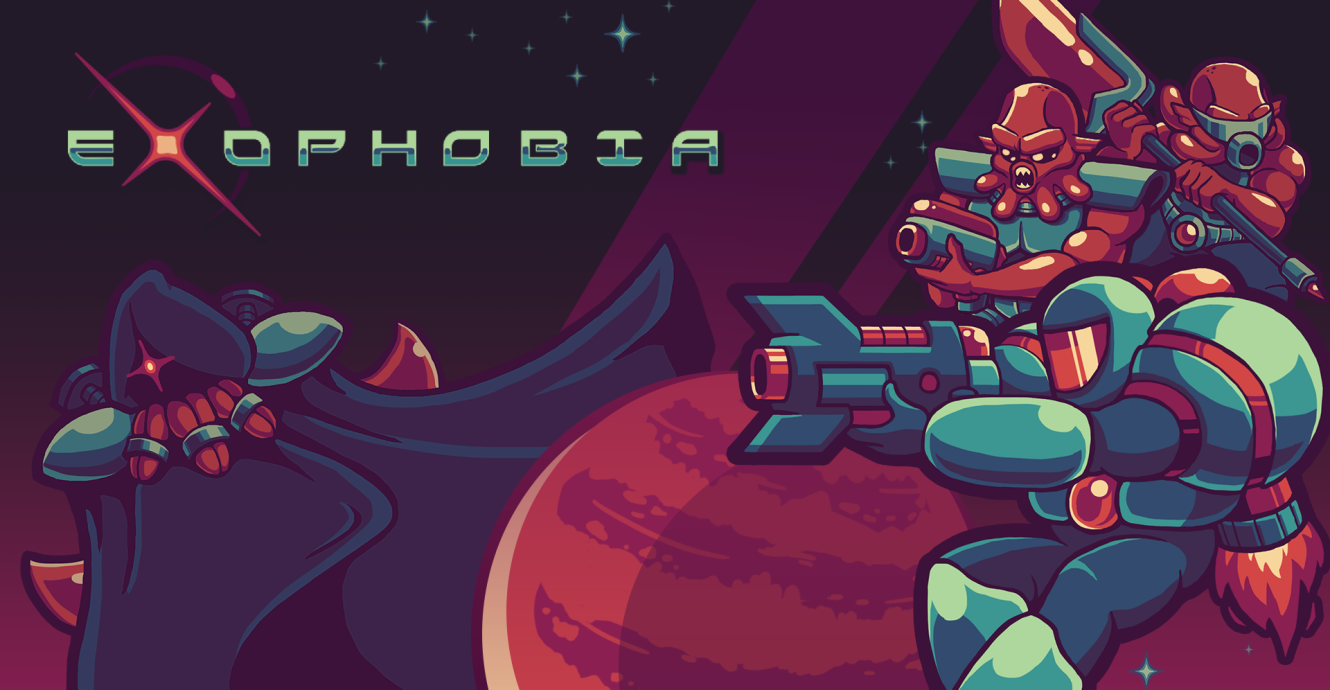
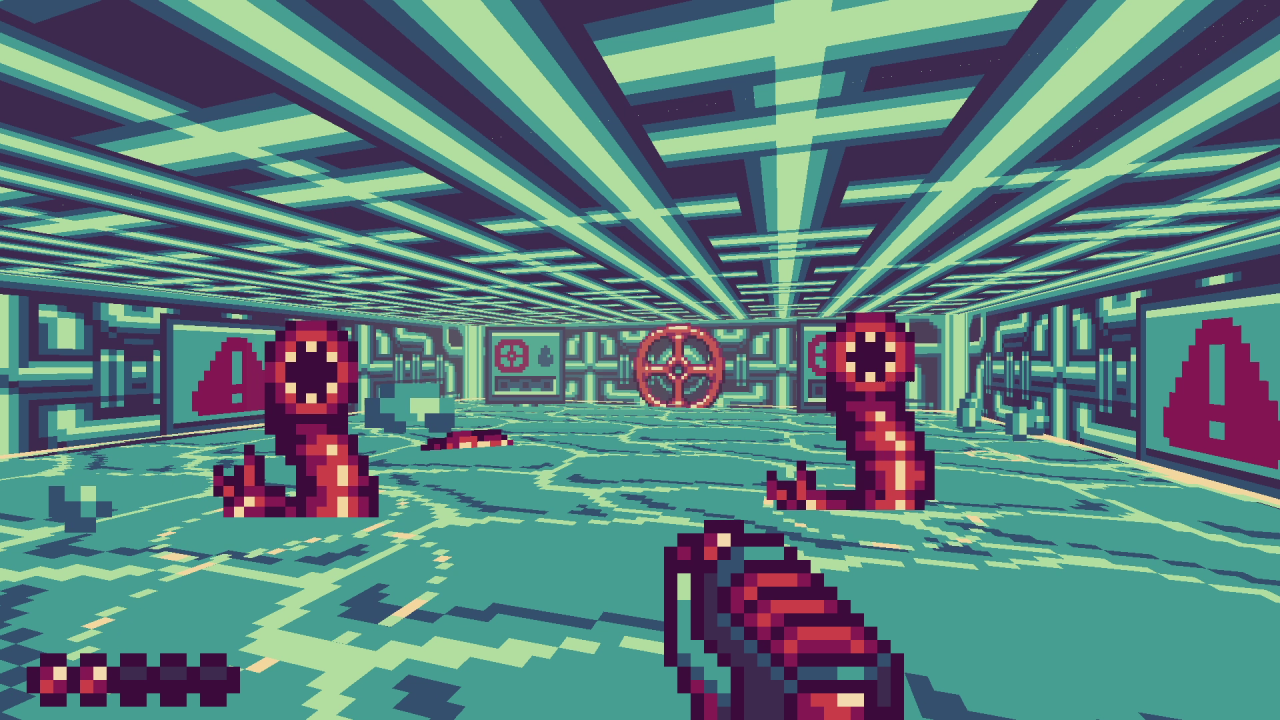
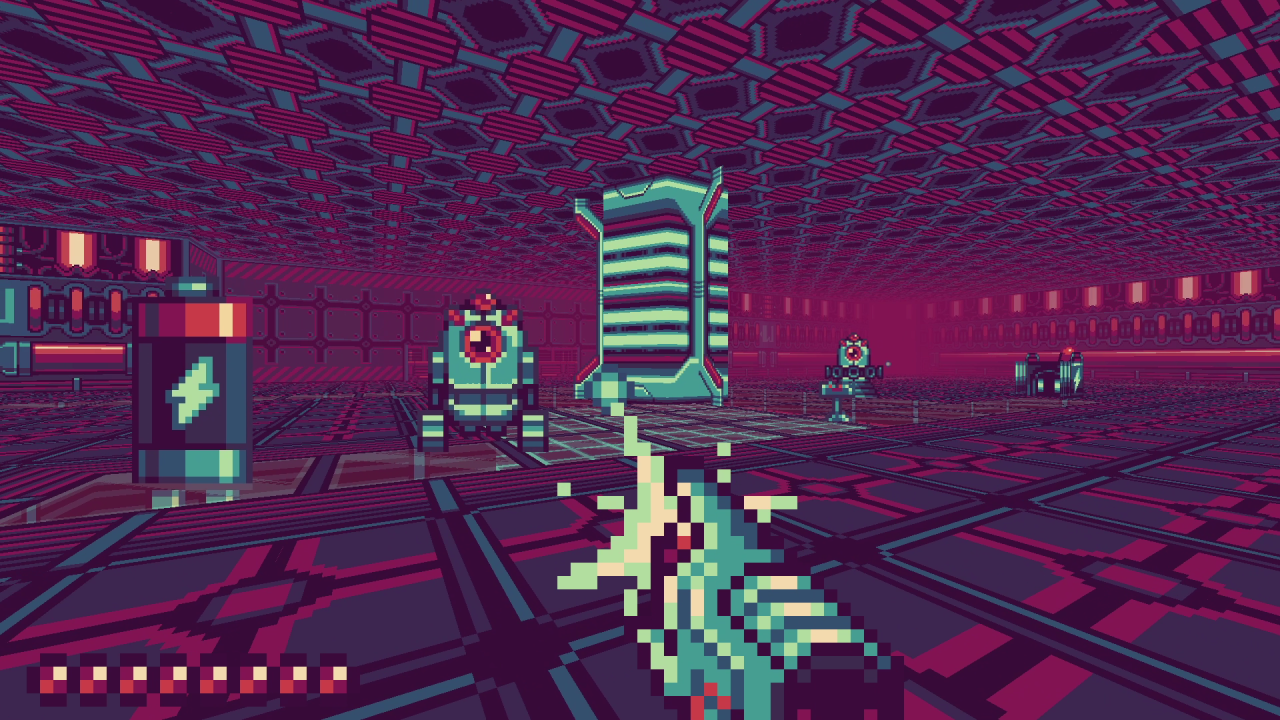
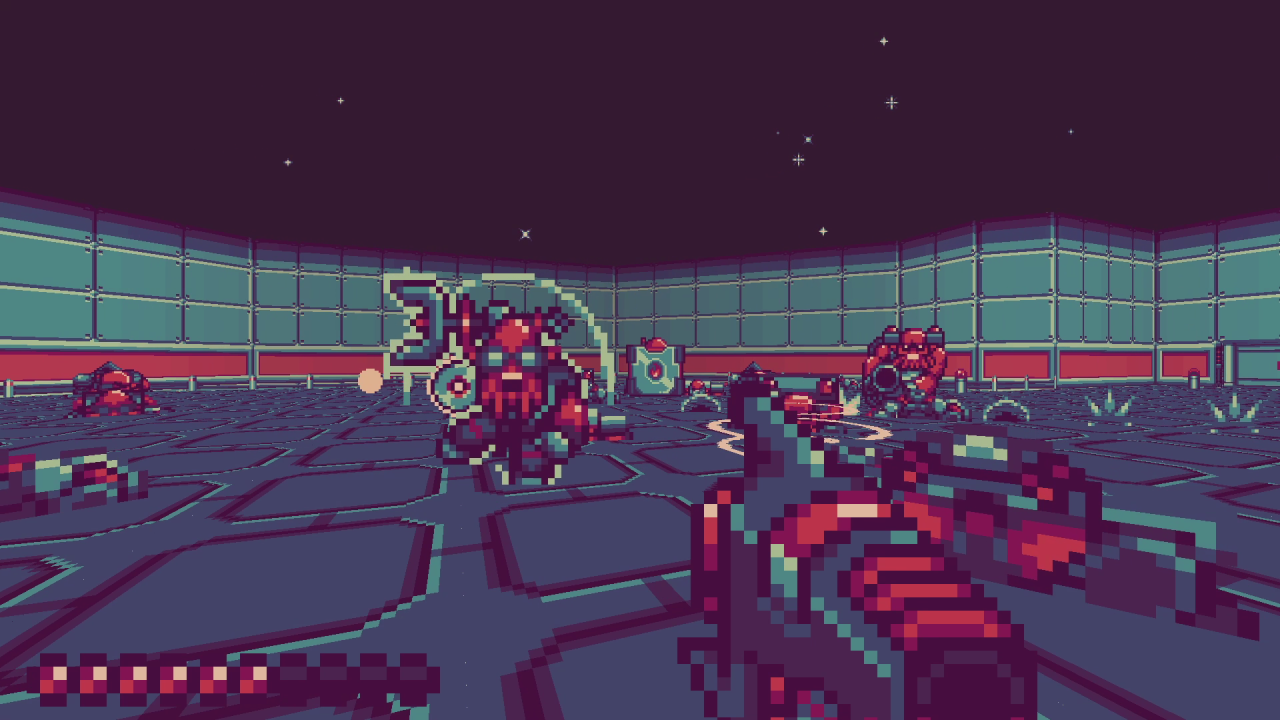
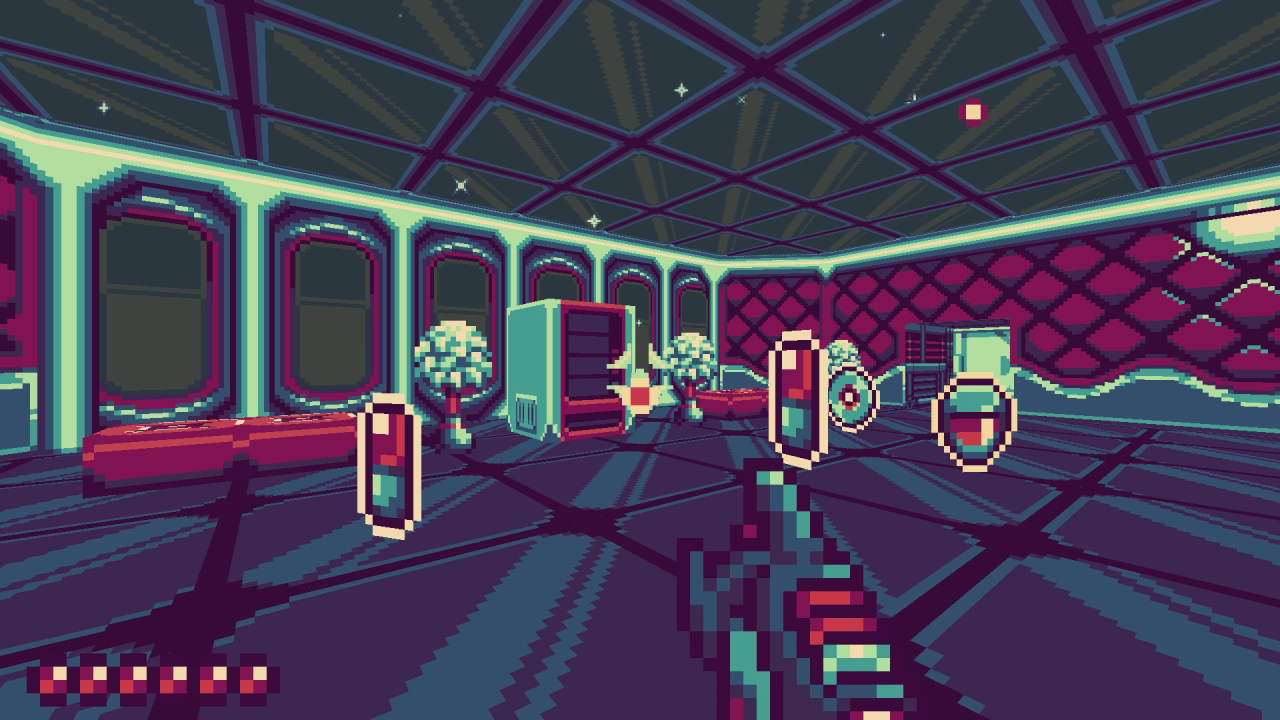
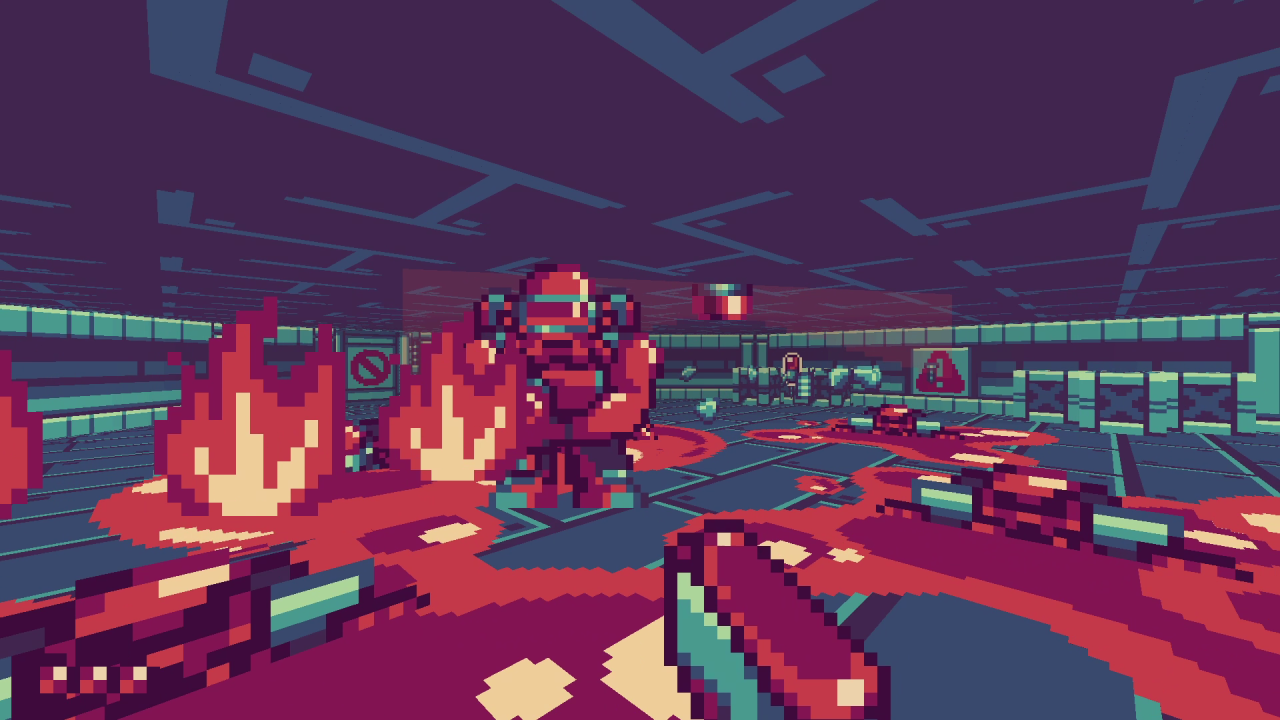
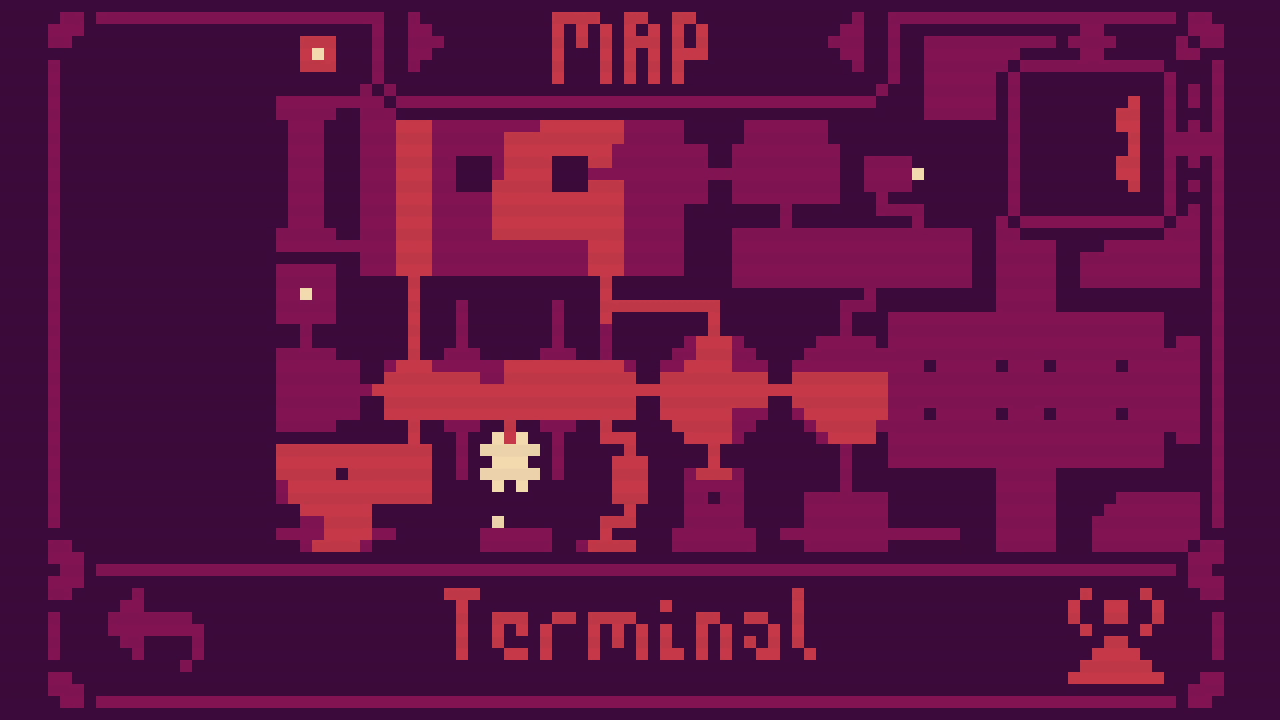
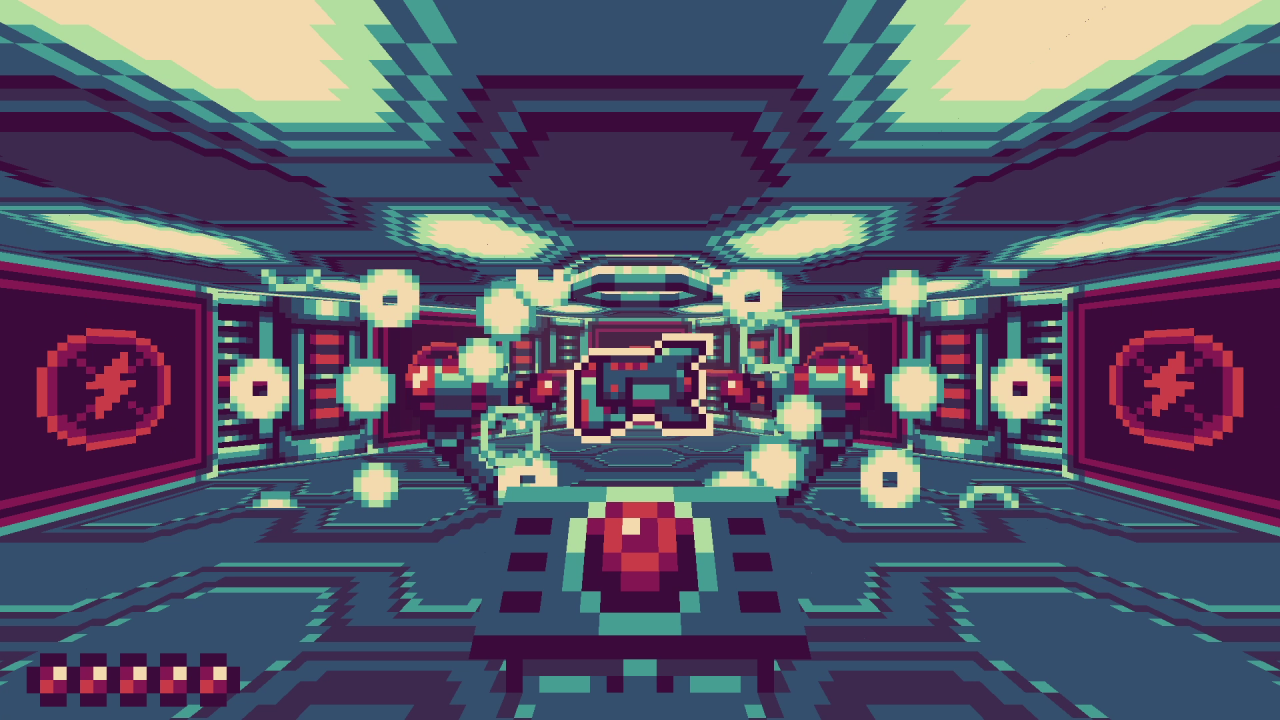
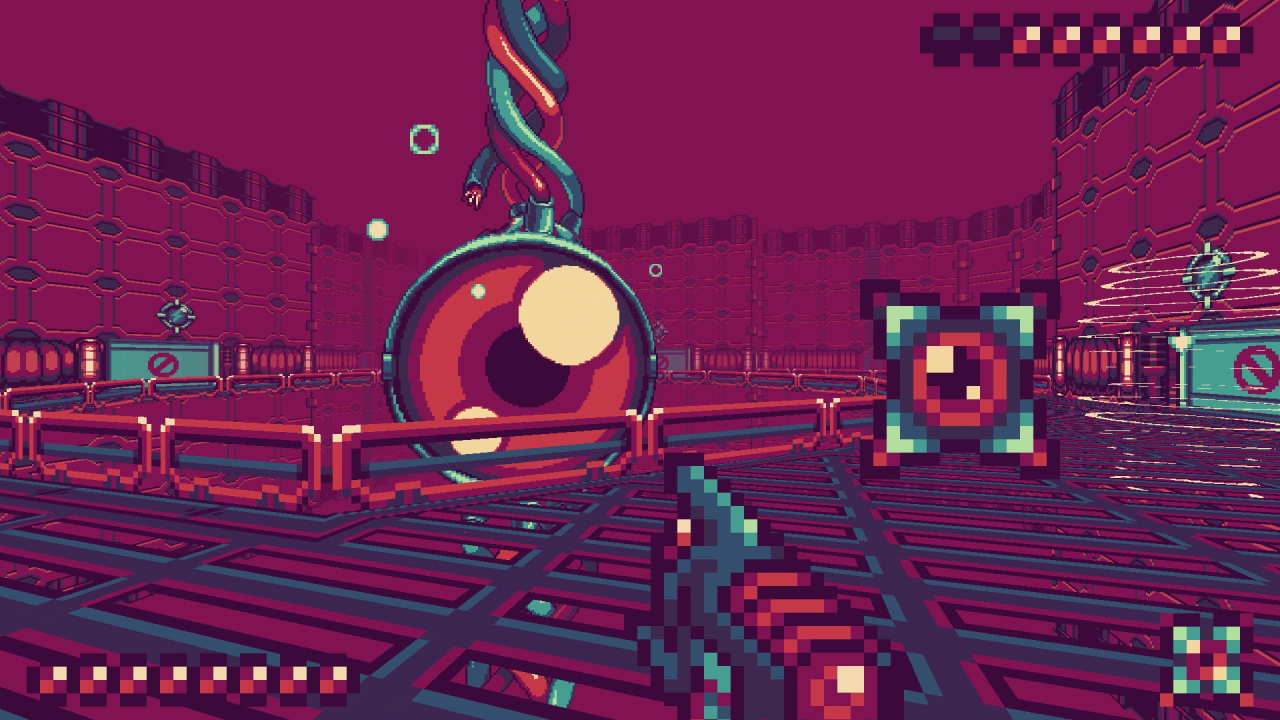
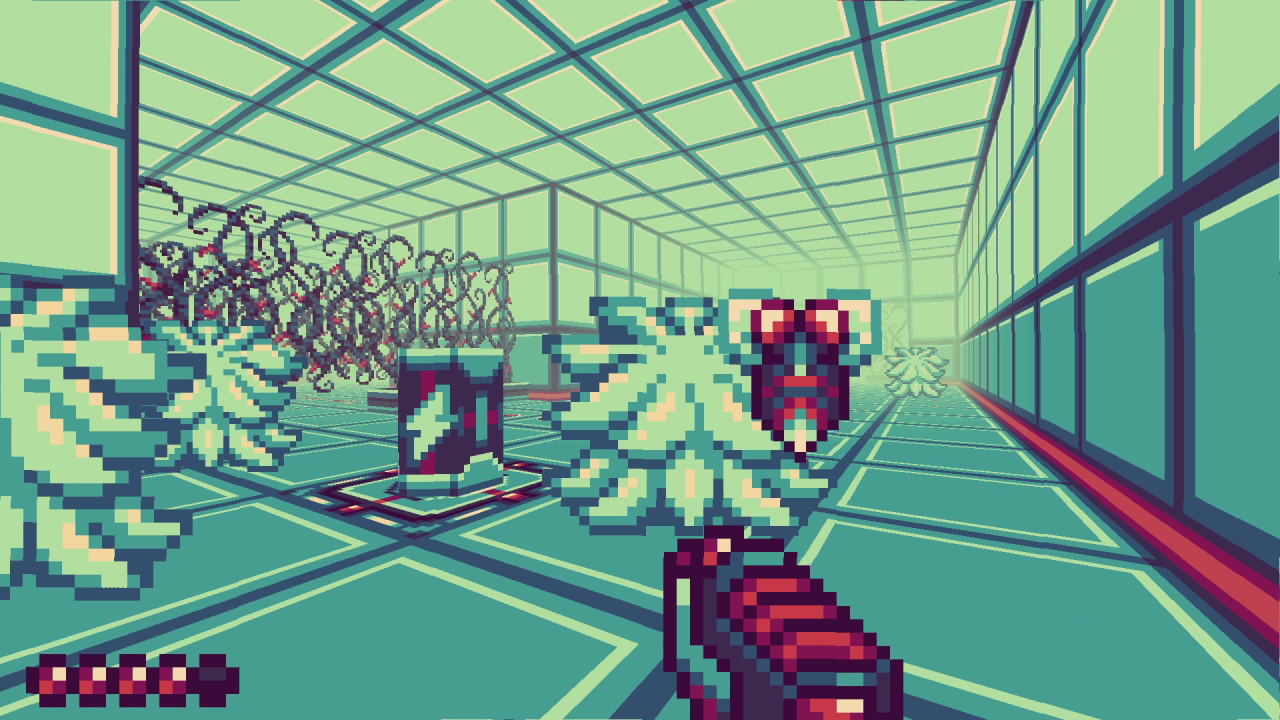
Comments
⚠️ Comments for this post are closed ⚠️